Dropbox vs. Google Drive: Which Cloud Storage Solution Fits Your Needs
Advertisement
File sharing and storage on clouds have transformed our methods. Emails and USB drives are old methods. People access files from anywhere today via cloud services. Two of the most well-known names in this field are Google Drive and Dropbox. Both assist consumers with online document, picture, and video storage. They have both paid and free programs with various features. Many people question which service would be best.
Dropbox's hallmark is simple file sharing. Google Drive performs nicely alongside other Google technologies. Each has advantages and drawbacks for both personal and corporate users. In this article, we examine Dropbox and Google Drive closely. We address collaboration, speed, security, and storage. This article will help you select the best cloud storage for your employment or way of life.
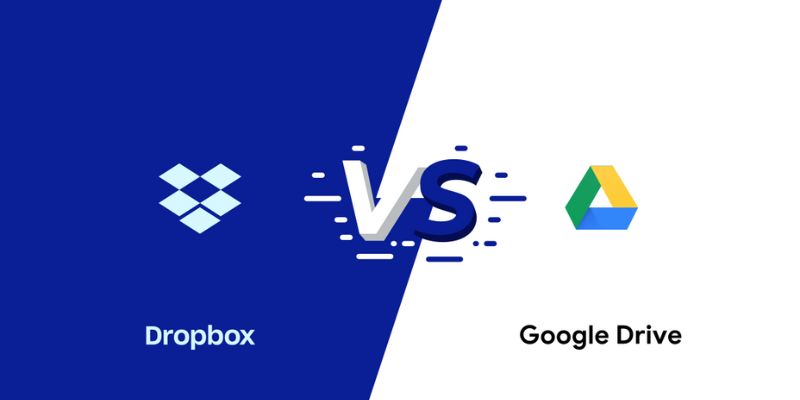
Dropbox vs. Google Drive: Key Comparisons You Should Know
Below are the key comparisons between Dropbox and Google Drive to help you choose the best cloud storage solution:
Storage Space and Pricing
Once registered, Dropbox provides 2GB of free storage. Google Drive offers more, giving 15GB. However, Google's storage is distributed among Drive, Gmail, and Google Pictures. Dropbox maintains storage reserved solely for uploaded files. Both companies have premium options if you require additional room. One user can get 2TB of space on Dropbox's Plus subscription. Each month, it runs between $10 and $12. Their family plan allows two TB but can be shared among up to six users. Google One is the update for Google Drive. The 100GB plan runs different pricing, starting at $1.99 per month, which allows you to purchase 200GB or 2TB. The 2TB scheme costs like those of Dropbox. Additionally included with Google One are additional editing tools and assistance. Google Drive offers, all things considered, such as greater free space.
File Sharing and Sync Speed
Dropbox is fantastic for file sharing. You can forward links to anybody—even those without Dropbox—anywhere. Link passwords and expiration dates are more things you may control. Dropbox's syncing of files is quick and dependable. Dropbox syncs block-level. For huge files, that makes Dropbox quick. Google Drive also allows you to distribute files and folders effortlessly. Who can watch, comment, or edit? You can decide. Google Drive does not, however, provide block-level syncing. For huge files, this can cause synchronization to lag behind Dropbox. Dropbox performs better if speed and file control are crucial.
Collaboration Tools and Integrations
When it comes to real-time teamwork, Google Drive shines. Direct access to Google Docs, Sheets, and Slides is via the browser. Many people can edit concurrently. Changes are instantaneous savings. Students, teams, and everyone else working on group assignments will find this ideal. Drive links also to Gmail, Calendar, and Google Meet. Dropbox Paper is a document tool that is available on Dropbox. It enables teamwork but lacks the potency of Google Docs. Dropbox also connects with instruments such as Microsoft Office, Slack, and Zoom. Dropbox performs nicely with Word and Excel if you use Microsoft Office extensively.
Security and Privacy
Dropbox guards file with robust security. Every file is encrypted both at rest and in transit. To further security, Dropbox also provides two-factor authentication. File recovery and remote device wipe tools abound in Dropbox. These are useful for companies and sophisticated consumers.
Additionally, Google Drive uses encryption and provides two-step authentication. Most users find it to be rather safe. Some people, meanwhile, worry about Google's data usage. Google uses your material for adverts and examines data to enhance services. Dropbox gives extra capabilities if you value file control and privacy.
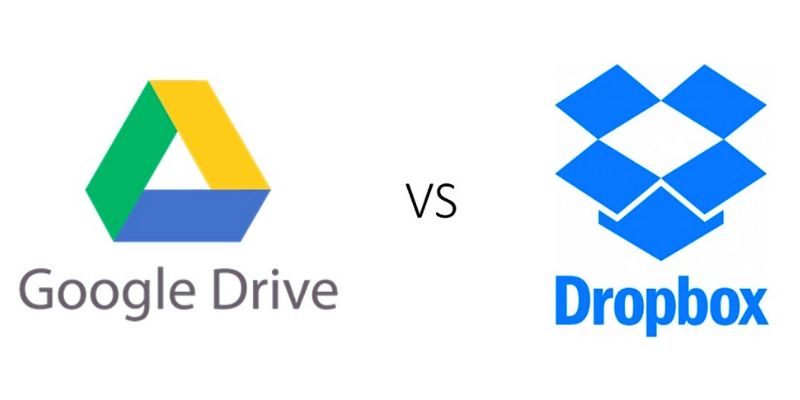
User Interface and Ease of Use
Dropbox offers a simple and neat design. File organization and uploading come naturally. Its desktop app syncs perfectly and performs really nicely. Files can be automatically synced and drag & drop them to the Dropbox folder. The mobile app is easy to use and compatible with all devices. Particularly for those who use Gmail or Google Docs, Google Drive seems familiar. Files can be arranged in folders, and you can start key ones. Drive also makes using keywords simple for file searches. Use of both services is easy. Dropbox concentrates more on file sharing. Google Drive comes with many built-in utilities.
Offline Access and Backup Features
File offline access is made possible by Dropbox. Files that are available without the internet might be marked. That is true of phones as well as laptops. Dropbox also allows you to back up some folders, such as Documents or your Desktop. Your cloud stores these automatically. Google Drive also supports offline access. You have to switch it on in settings. View and edit Docs, Sheets, and Slides offline once done. Google Drive's offline capability, however, is more focused on papers than on all file kinds. Dropbox favors complete offline access and automated backup.
Business and Team Features
Strong team management tools abound in Dropbox. Track changes, assign user roles, and restrict file access. Administrative controls, audit logs, and team folders abound in Dropbox Business. The corporate form of Google Drive is Google Workspace. Included are Docs, Meet, Gmail, and more. Workspace facilitates shared drives and access policies for teams. Both services give businesses cloud storage. Dropbox pays more attention to file access management and storage. Google Workspace offers a complete suite for team projects and corporate correspondence. Dropbox is perfect if your sole need is for cloud storage.
Conclusion:
Ultimately, your demands will determine which Dropbox and Google Drive you use. Dropbox is a wonderful choice for quick syncing, improved file control, and robust security, which are top priorities. Google Drive is the best option, but it is also available if you require real-time collaboration, flawless connection with Google tools, and greater free storage. Google Drive's free space and collaborative functions might be more enticing for personal use. Both products have special benefits for companies; Google Drive provides a whole suite for team communication, while Dropbox concentrates more on file management. Choose the one best for your business or way of life.
Advertisement
Related Articles

The 8 Best AI Sales Assistant Software in 2025 to Boost Your Pipeline

Fathom vs. Fireflies: A Comprehensive Comparison of the Best AI Note Takers
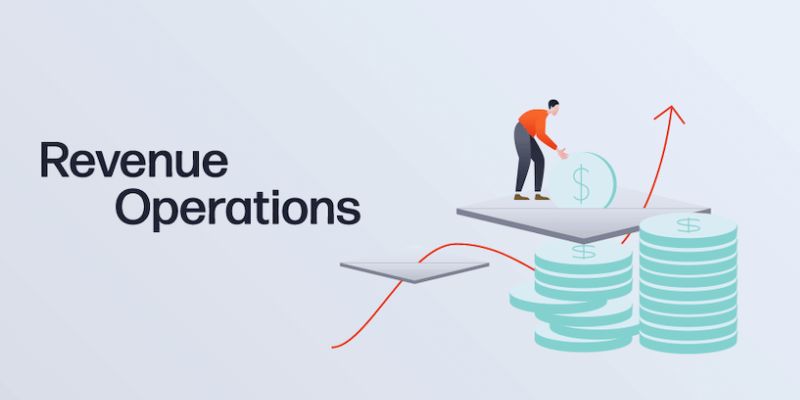
Smartsheet vs. Asana: Which Project Management App is Right for You

The 6 Best AI App Builders in 2025 for Fast, No-Code Development
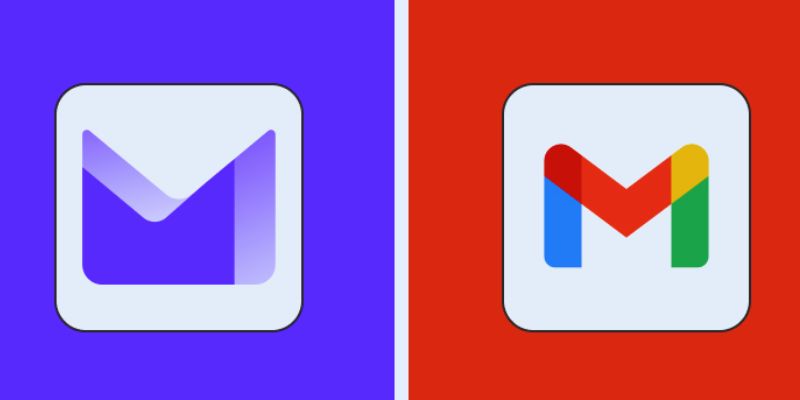
Proton Mail vs. Gmail: Which is the Best Email Service for You

The 10 Best Email Drip Campaign Software in 2025 to Automate Your Outreach

Webflow vs. Squarespace: Which Website Builder is Best for Your Business

The Best Free Small Business Software in 2025 to Run Smarter, Not Harder
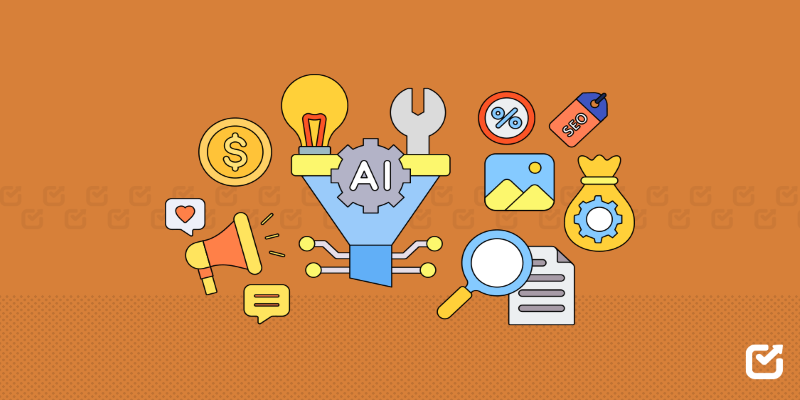
The 12 Best Digital Marketing Tools in 2025 to Amplify Your Strategy
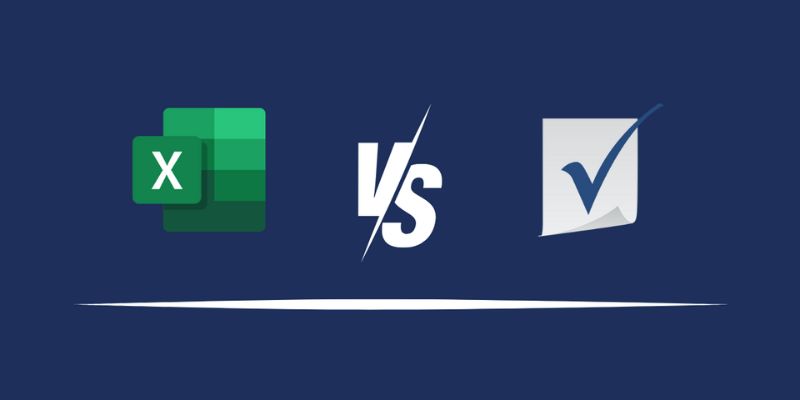
Excel or Smartsheet: Which is the Better Option for Project Management
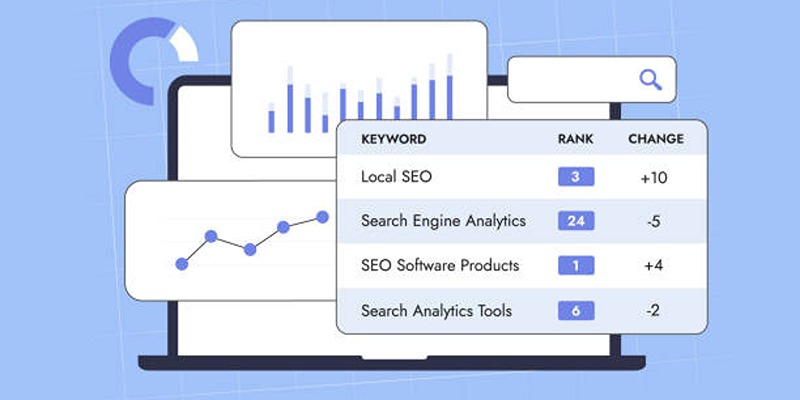
The Ultimate Guide to Linking Google Forms with Google Docs Templates
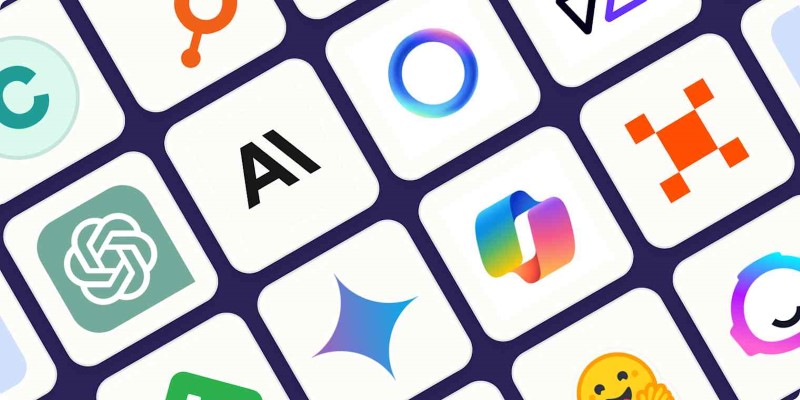
 lameuplay
lameuplay